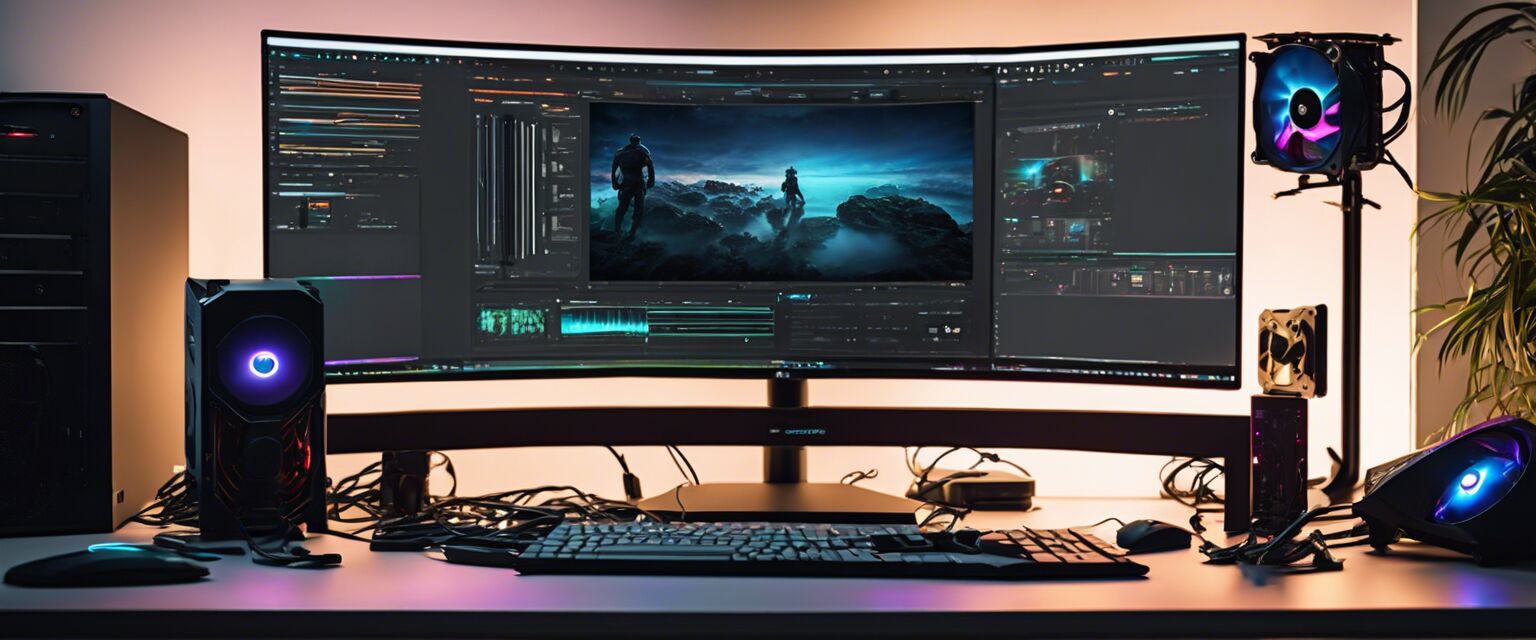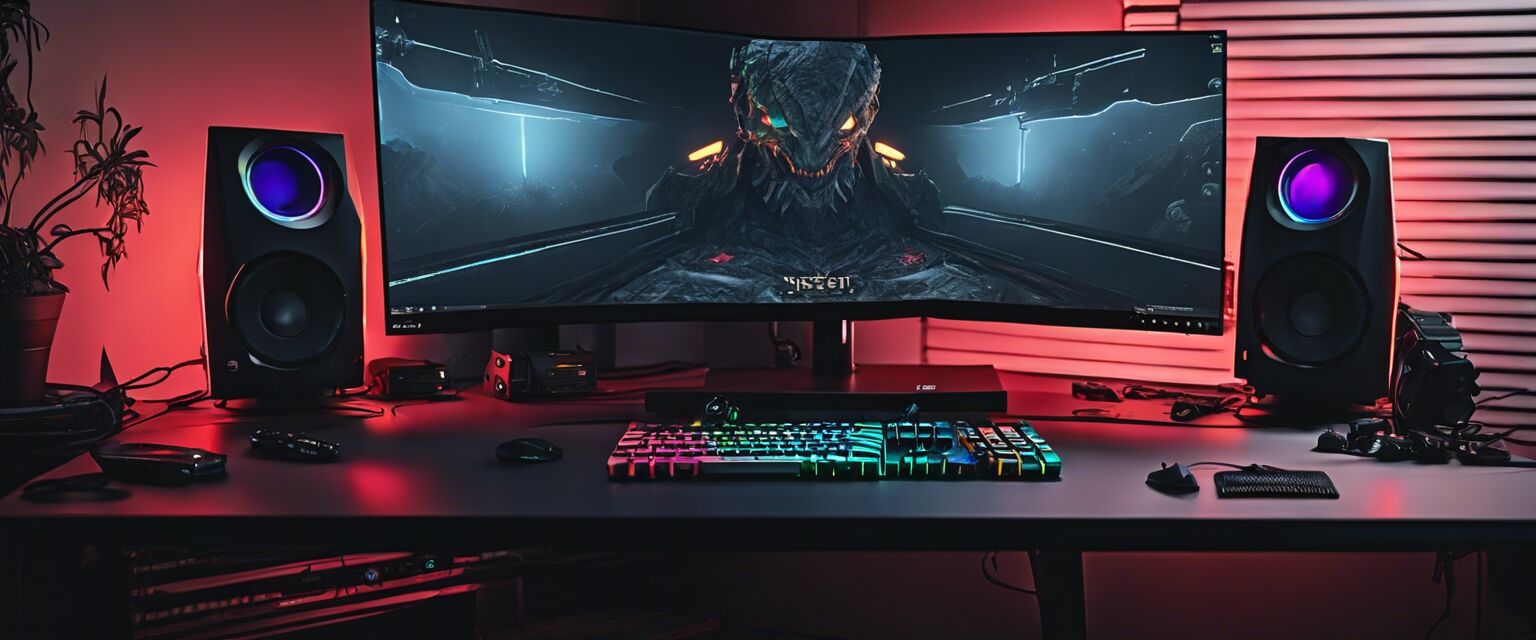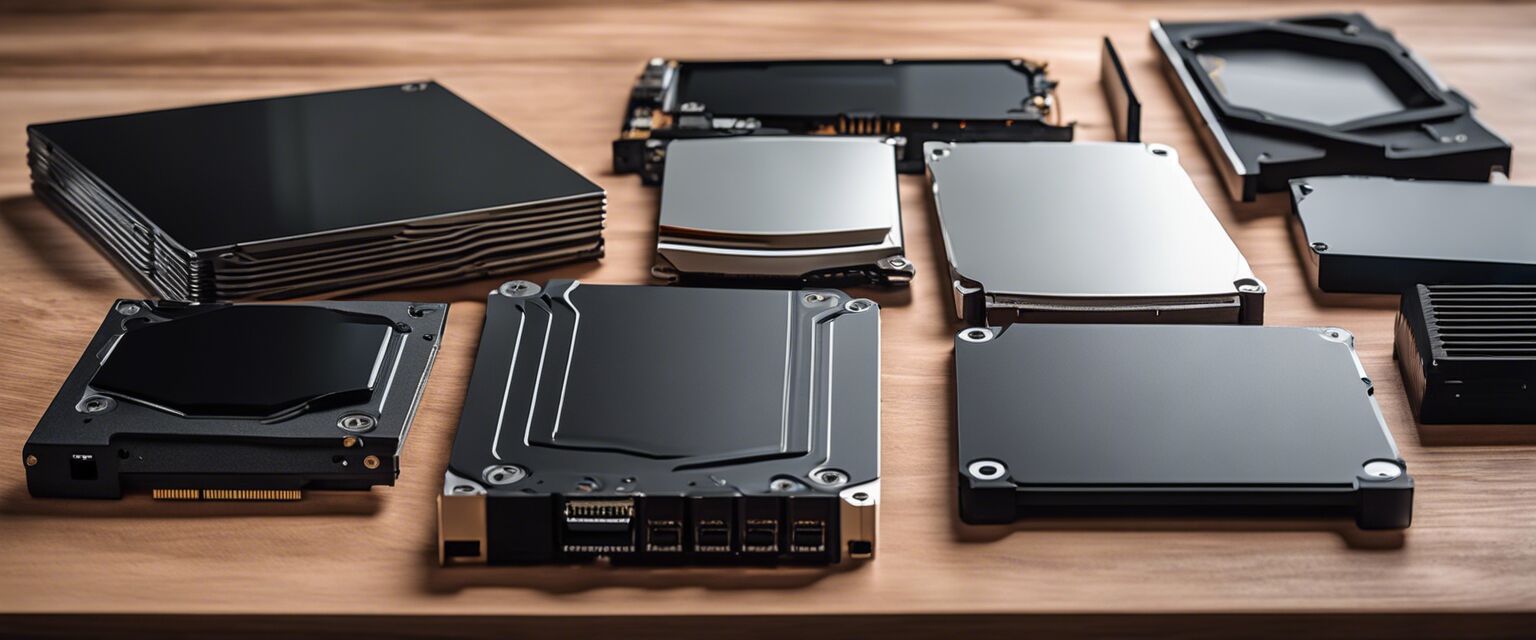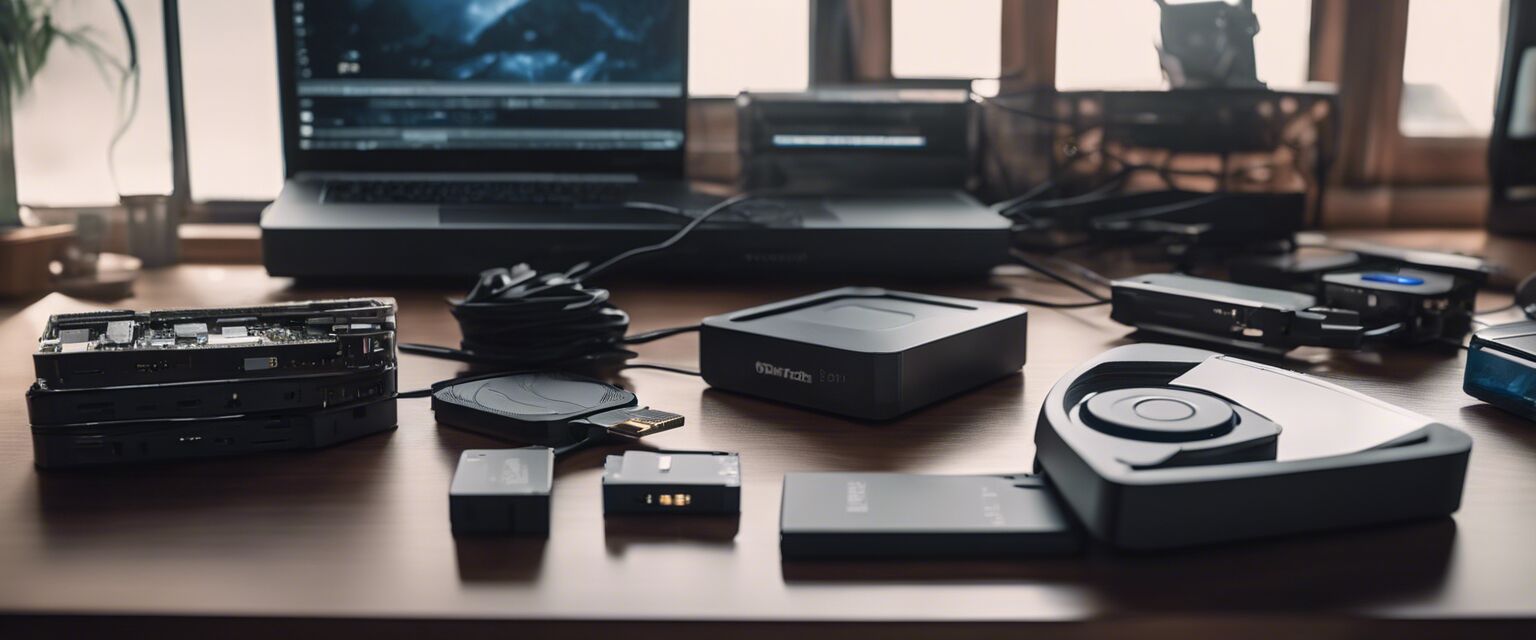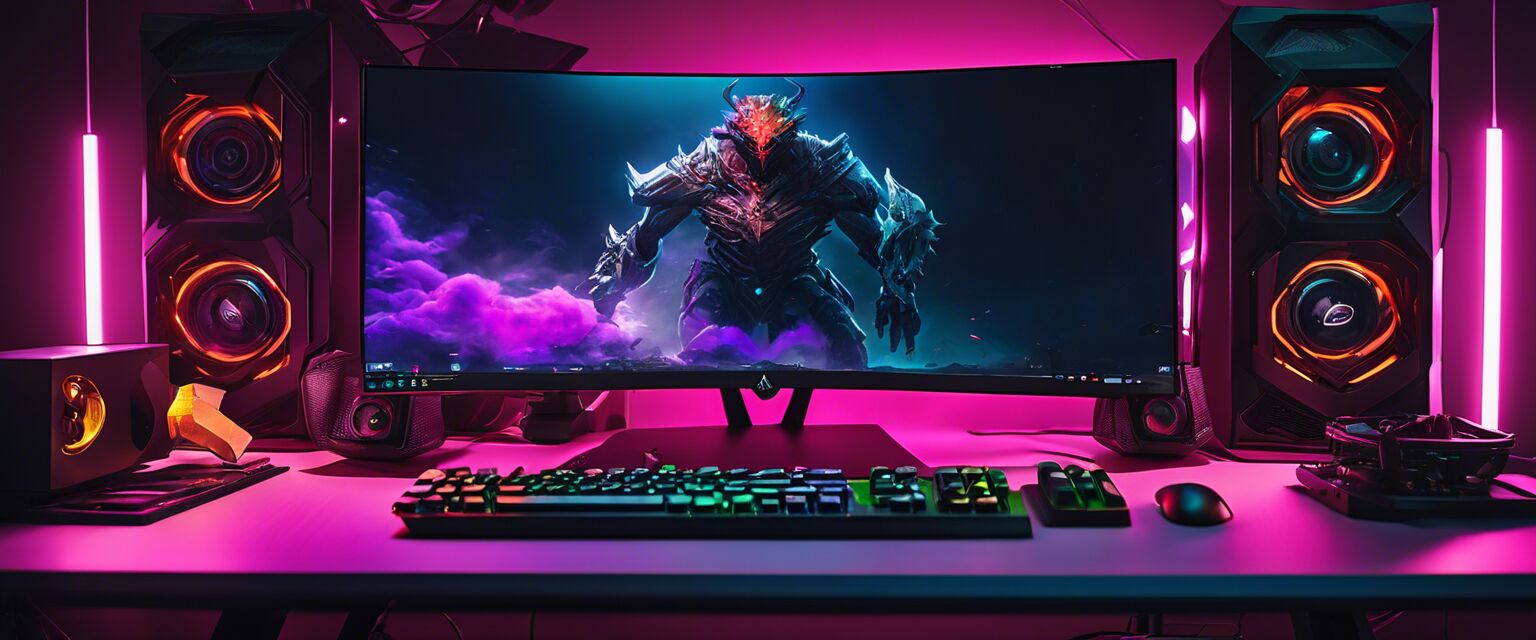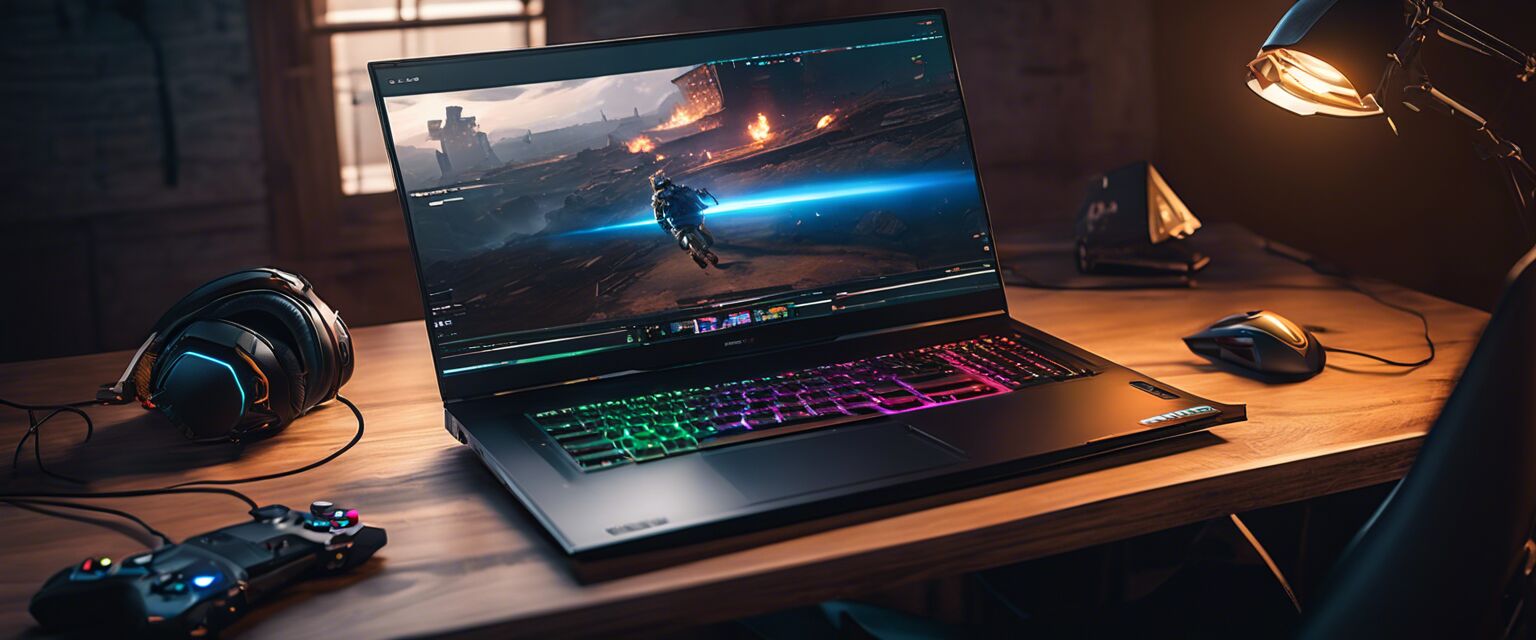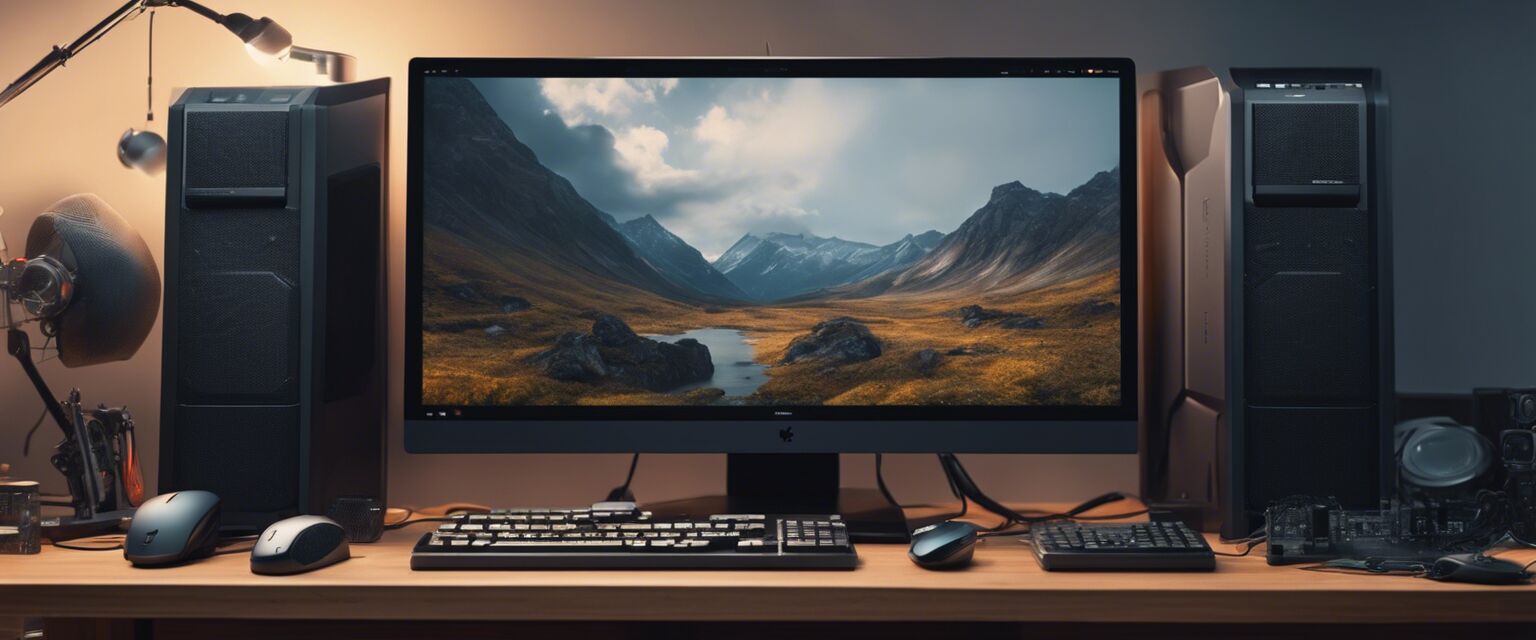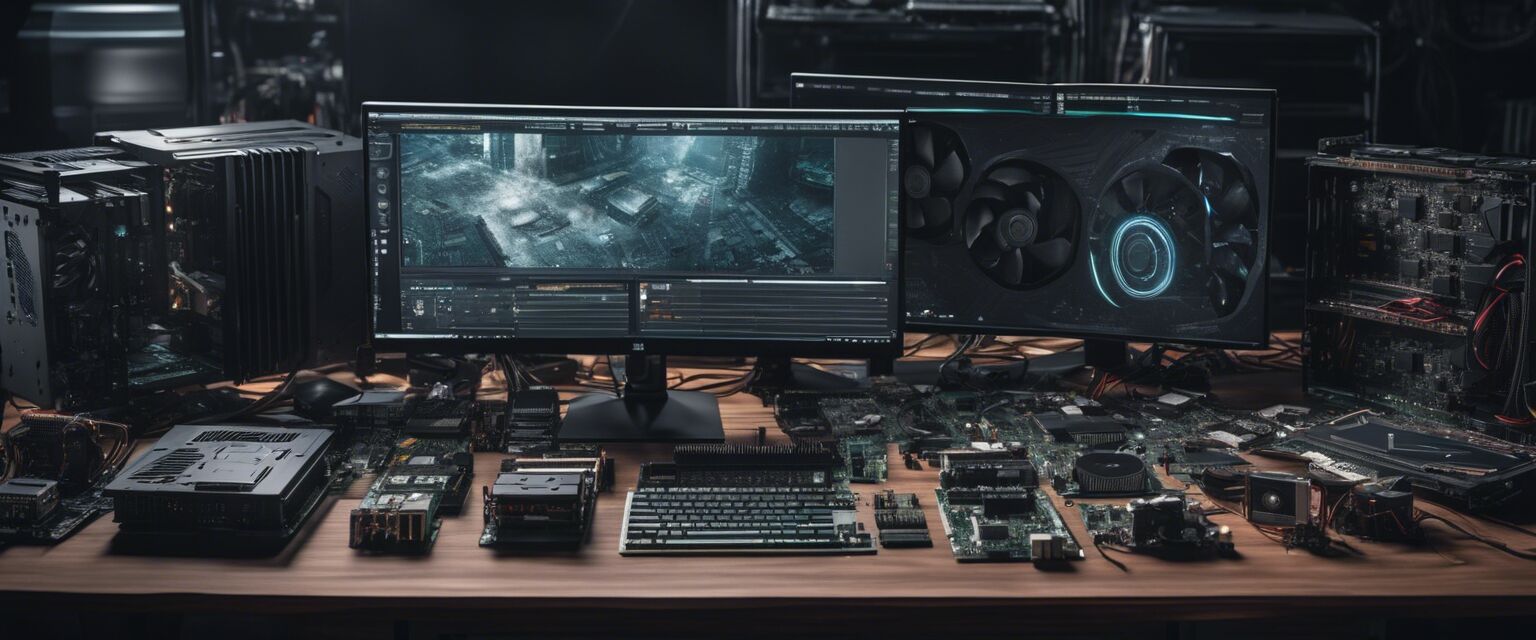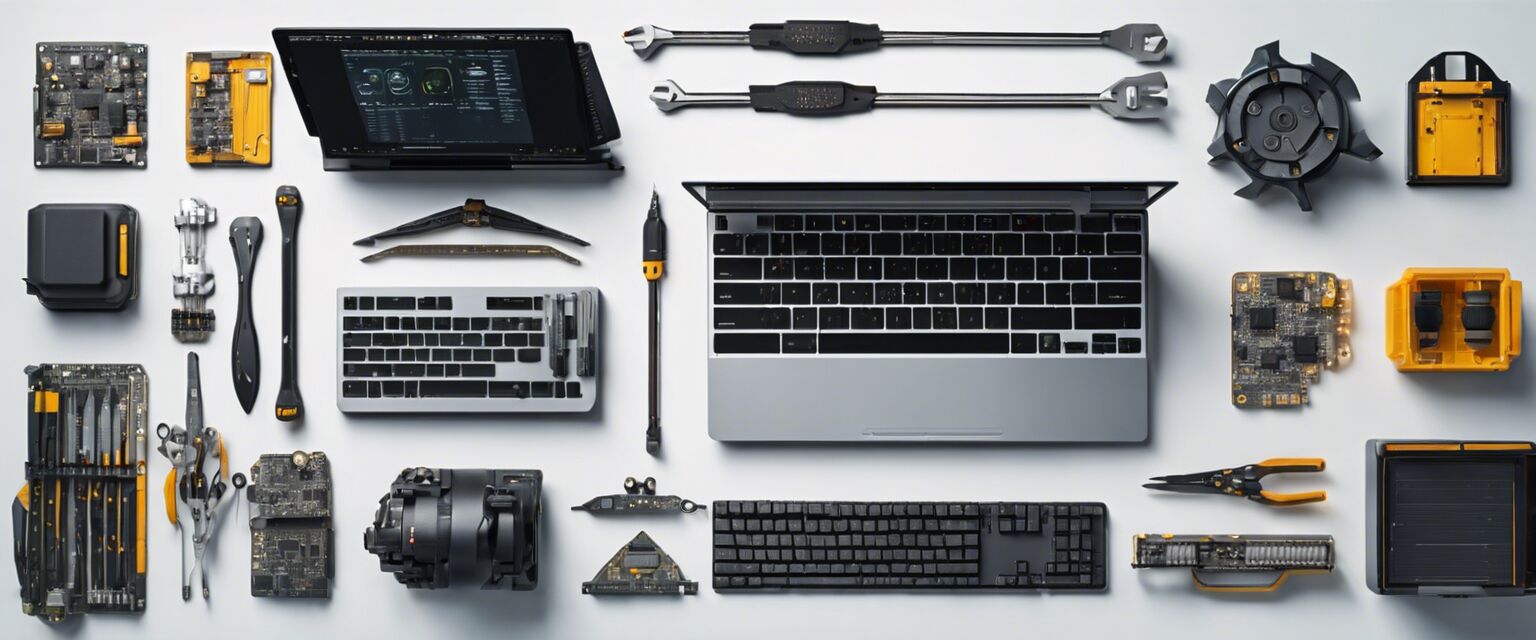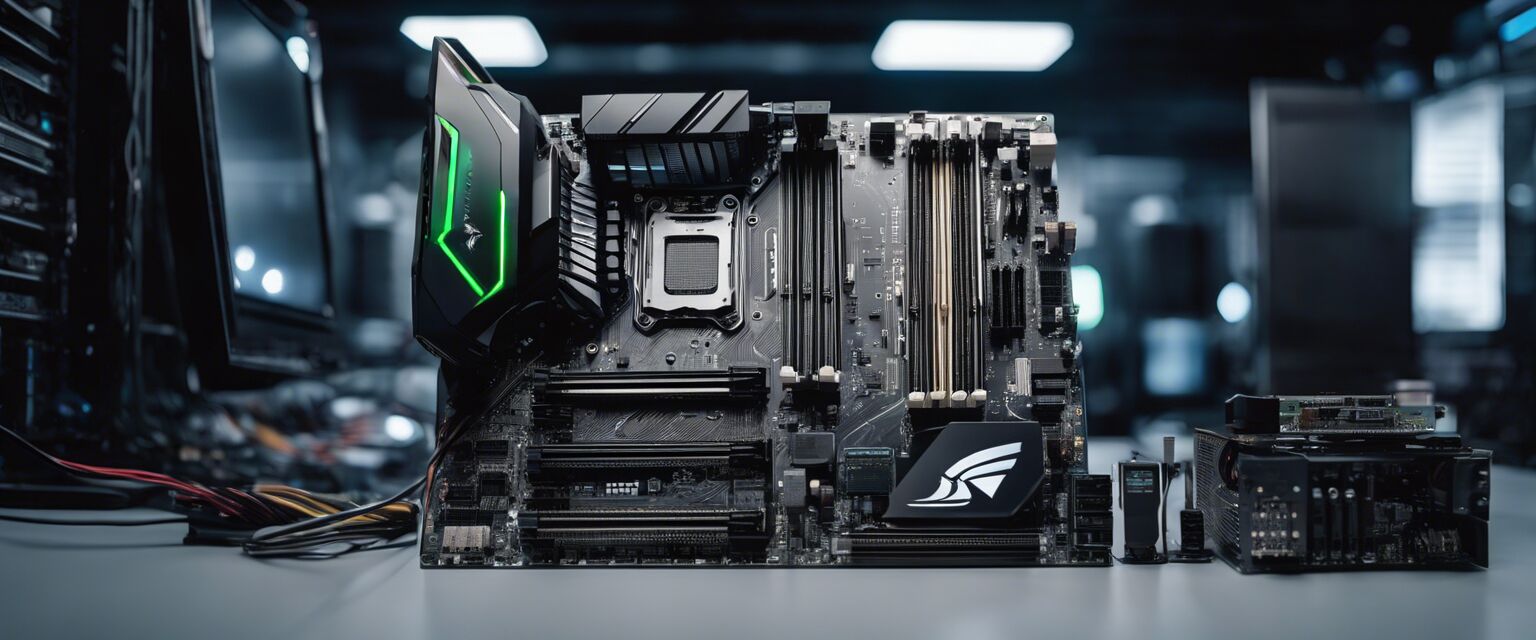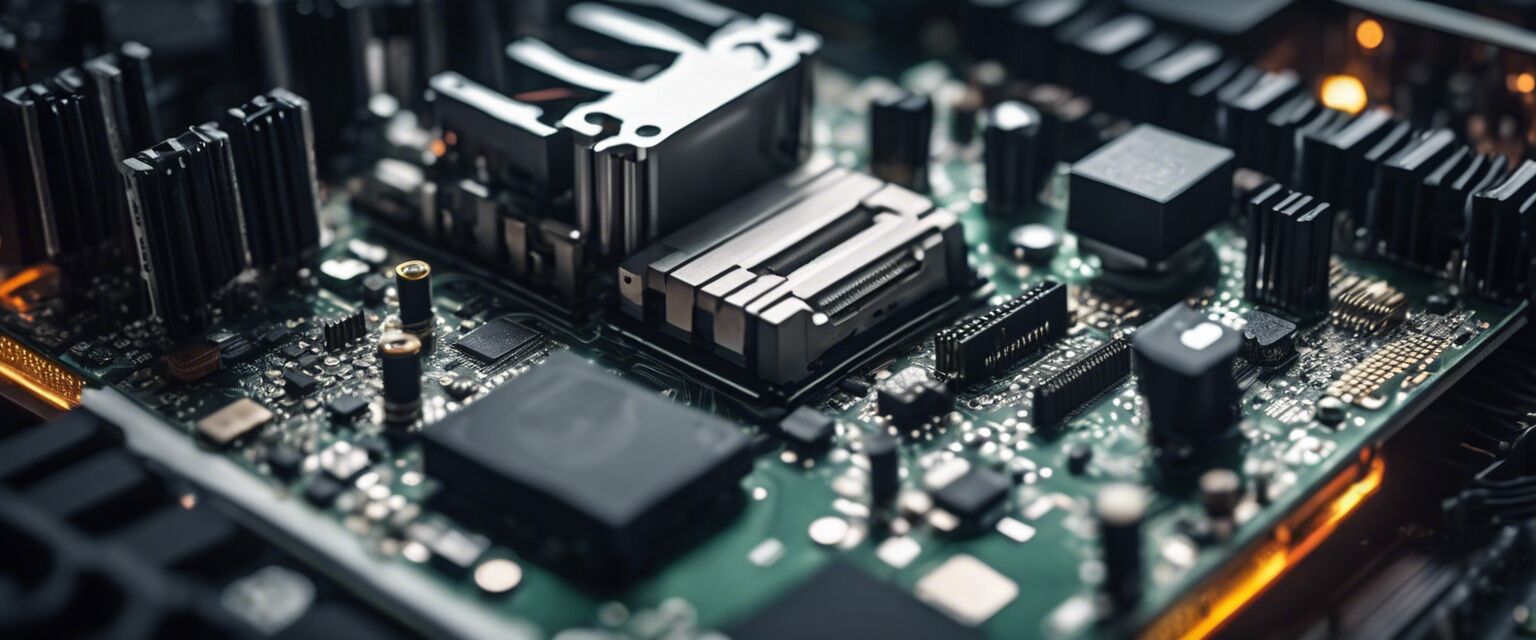
Upgrading PCs
Key Takeaways
- Identify your upgrade needs based on usage.
- Focus on components that boost performance: CPU, GPU, RAM, and storage.
- Compatibility is crucial; always check specifications before purchasing new parts.
- Consider your budget and prioritize upgrades that provide the best value.
- Backup your data before making any hardware changes.
Upgrading your existing PC can breathe new life into your system, enhancing performance for gaming, productivity, or content creation. Whether you're looking to improve speed, graphics, or storage, understanding what components to upgrade and how to do it is essential. In this guide, weâll explore crucial upgrades, tips, and insights to help you get the most out of your PC.
Why Upgrade Your PC?
Upgrading your PC can bring several benefits:
- Improved Performance: Boosting your hardware can significantly enhance speed and efficiency.
- Enhanced Gaming Experience: Upgrading your graphics card or RAM can provide better frame rates and visuals.
- Increased Storage: Adding an SSD can reduce load times and expand your storage capacity.
Key Components to Consider for Upgrading
When considering upgrades, focus on these key components:
| Component | Benefits | Considerations |
|---|---|---|
| CPU (Processor) | Increased processing power for multitasking and complex applications. | Check motherboard compatibility and cooling requirements. |
| GPU (Graphics Card) | Better graphics performance for gaming and design applications. | Ensure it fits in your case and is compatible with your power supply. |
| RAM | Improves performance in multitasking and memory-heavy applications. | Check the type and speed supported by your motherboard. |
| Storage (SSD/HDD) | Faster boot times and application loading. | Consider the type of storage interface (SATA, NVMe). |
Detailed Overview of Each Component
1. CPU (Processor)
The CPU is the brain of your computer. Upgrading to a faster processor can greatly enhance your PCâs capabilities. Consider these factors:
- Performance metrics (core count, clock speed).
- Compatibility with your existing motherboard.
- Thermal output and cooling solutions.
2. GPU (Graphics Card)
For gamers and creative professionals, the GPU is vital. An upgrade can provide better graphics quality and performance. Key considerations include:
- Power requirements and compatibility with your power supply.
- Physical size and cooling capabilities.
- Future-proofing for upcoming games or software.
3. RAM
More RAM allows your system to handle more tasks simultaneously. When upgrading RAM, keep in mind:
- Type (DDR4, DDR5) and speed (measured in MHz).
- Maximum capacity supported by your motherboard.
- Dual-channel configurations for better performance.
4. Storage (SSD/HDD)
Switching from an HDD to an SSD can dramatically reduce load times. Consider the following:
- Type of SSD (SATA vs NVMe for speed).
- Storage capacity based on your needs.
- Backup solutions for existing data.
Tips for Successful Upgrades
Beginner's Tips
- Research compatibility: Always check if new components will work with your current setup.
- Read reviews: Look for feedback on the parts you are considering.
- Watch tutorials: Many helpful videos are available for step-by-step guidance.
- Backup your data: Always back up your files before starting any upgrade.
- Take your time: Donât rush the upgrade process; ensure everything is done correctly.
Common Mistakes to Avoid When Upgrading
- Not checking compatibility with existing hardware.
- Ignoring power supply requirements.
- Overlooking thermal management and cooling solutions.
- Skipping BIOS updates when necessary.
Conclusion
Upgrading your PC can seem daunting, but with the right knowledge and preparation, it can be a rewarding experience. By focusing on key components and following best practices, you can significantly enhance your system's performance. Always do your research, evaluate your needs, and choose upgrades that will provide the most benefit.
Pros
- Improved performance and speed.
- Better gaming and multimedia experiences.
- Extended lifespan of your current setup.
- Cost-effective compared to buying a new PC.
Cons
- Potential compatibility issues with existing components.
- Risk of damaging components during installation.
- Time-consuming process depending on the upgrades.
- May require additional purchases (tools, cables).
Further Reading
For more information on specific upgrades, check out our related articles:
Images for Your Setup
Consider visualizing your upgrades with the following ideas:
